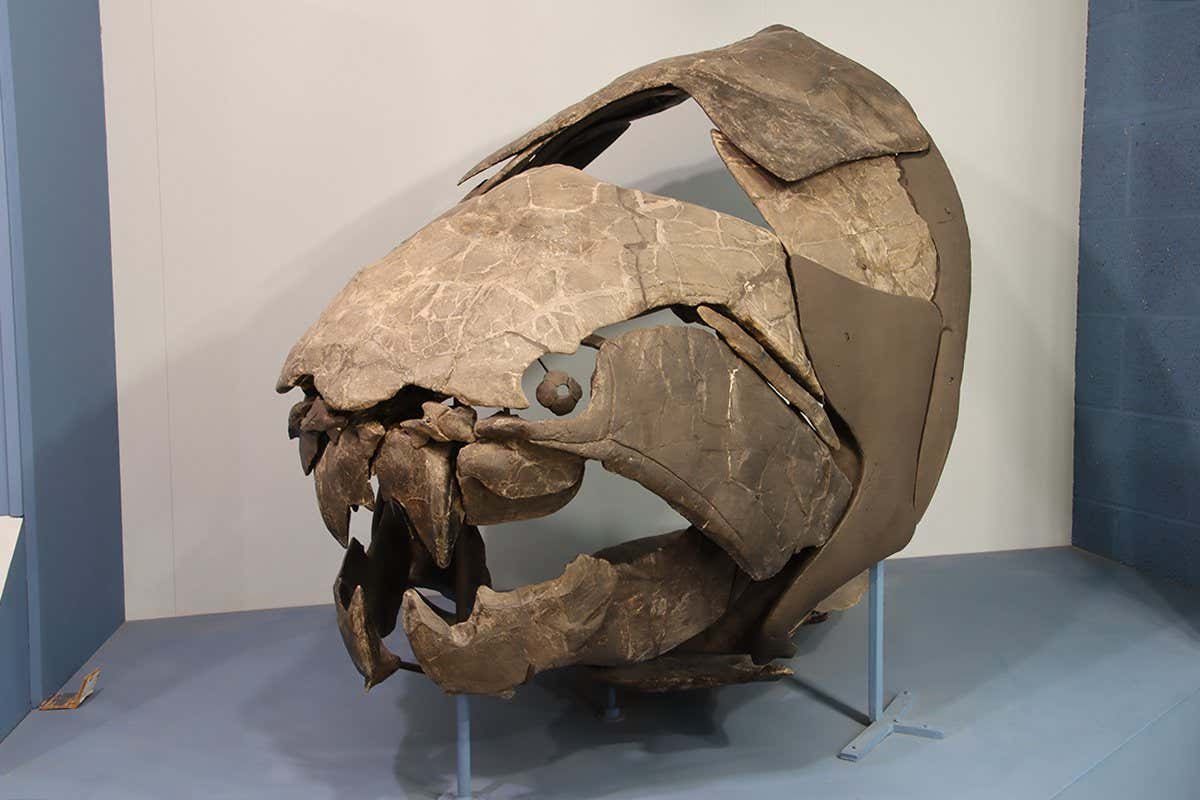Giant Fish Myth Busted: New Research Findings Challenge Centuries-Old Tales
For centuries, tales of colossal fish – leviathans of the deep – have captivated sailors, fishermen, and storytellers alike. From the kraken of Norse mythology to the modern-day whispers of monstrous creatures lurking in the abyss, the myth of gigantic fish has persisted. But new research is challenging these long-held beliefs, offering a more nuanced understanding of the true size limits of aquatic life.
Debunking the Legends: A Look at the Evidence
The existence of truly gargantuan fish, significantly exceeding the size of the largest known specimens, has largely been based on anecdotal evidence, eyewitness accounts often exaggerated by the vastness and mystery of the ocean. These accounts, while exciting, lack the rigorous scientific backing needed to confirm the existence of such creatures.
Recent studies, however, are providing a clearer picture. Researchers are utilizing advanced sonar technology, underwater photography, and genetic analysis to map the distribution and size of various deep-sea species. This sophisticated approach has yielded fascinating insights, but also debunked some of the more outlandish claims.
The Limits of Size: Biological Constraints
The sheer size of a creature is limited by several biological factors. These include:
- Oxygen Uptake: Larger organisms require exponentially more oxygen. The efficiency of oxygen absorption through gills or lungs places a fundamental constraint on maximum size.
- Structural Support: The skeletal structure and musculature must be able to support the creature's immense weight. Beyond a certain point, this becomes physically impossible.
- Food Availability: Massive fish require enormous amounts of food. The distribution and abundance of prey in the deep ocean limit the potential size of apex predators.
Re-evaluating Historical Accounts:
Many historical tales of giant fish can be explained through a variety of factors:
- Exaggeration: The vastness of the ocean often leads to exaggeration of size and scale.
- Misidentification: Unfamiliar species or unusual sightings of known species can easily be misinterpreted as gigantic creatures.
- Optical Illusions: The interplay of light and shadow in the deep sea can distort the perceived size of objects.
The Importance of Accurate Data:
This new research highlights the importance of relying on credible data and scientific methodology when studying the ocean's mysteries. While the allure of giant fish remains powerful, the scientific community is increasingly emphasizing the need for evidence-based conclusions.
Moving Forward: A Focus on Conservation
Even without gigantic monsters inhabiting the depths, the oceans still harbor a rich diversity of life, many species facing significant threats from climate change, pollution, and overfishing. This new research underscores the importance of focusing conservation efforts on protecting existing marine ecosystems and the species within them, regardless of their size.
Conclusion: Respecting the Ocean's True Wonders
While the myth of giant fish may be fading, the ocean continues to hold immense wonder and mystery. By embracing scientific rigor and accurate data, we can gain a deeper appreciation for the incredible biodiversity and ecological complexity of our oceans, and work to protect this vital resource for future generations.
Keywords: Giant Fish, Myth, Research, Deep Sea, Ocean, Leviathan, Kraken, Marine Biology, Conservation, Scientific Discovery, Sonar, Underwater Photography, Genetic Analysis, Size Limits, Biological Constraints, Ocean Exploration.

